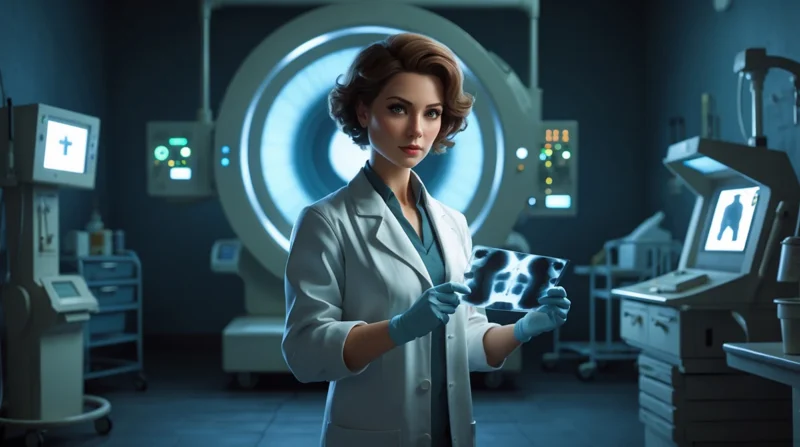Table of Contents
An X-ray technician, also known as a radiologic technologist, plays a vital role in the healthcare system by performing imaging procedures that help diagnose and treat medical conditions. If you’re considering a career in this field, understanding the educational pathways, program structures, and career prospects is essential.
Understanding the Role of an X-Ray Technician
X-ray technicians are healthcare professionals trained to operate imaging equipment, such as X-ray machines, to capture images of patients’ internal structures. These images assist physicians in diagnosing injuries and diseases. Technicians must ensure patient safety, maintain accurate records, and sometimes prepare patients for procedures. The role requires a blend of technical expertise and interpersonal skills.
Educational Pathways to Becoming an X-Ray Technician
High School Preparation
A strong foundation in science and mathematics during high school is beneficial. Courses in biology, physics, and algebra can prepare you for the technical aspects of radiologic technology programs.
Degree Programs
Several educational routes are available for aspiring X-ray technicians:
- Associate Degree in Radiologic Technology: This is the most common pathway, typically taking about two years to complete. The program combines classroom instruction with clinical experience, covering subjects like anatomy, patient care, radiation physics, and image evaluation.
- Bachelor’s Degree: A four-year bachelor’s degree offers more in-depth study and can lead to advanced positions or specializations within the field.
- Certificate Programs: Some institutions offer certificate programs, which may be suitable for individuals who already hold a degree in a related healthcare field and are seeking to specialize in radiologic technology.
Learn About Edgenuity Earth and Space Science Answers that’s a Guide for Students
Accreditation and Program Selection
When selecting a program, ensure it is accredited by a recognized accrediting body, such as the Joint Review Committee on Education in Radiologic Technology (JRCERT). Accreditation ensures the program meets industry standards and adequately prepares students for certification exams. You can find accredited programs through the JRCERT’s official website.
Curriculum and Training
Radiologic technology programs offer a comprehensive curriculum that includes both theoretical and practical components:
- Classroom Instruction: Courses cover topics such as medical ethics, radiographic procedures, radiation protection, and patient care.
- Clinical Experience: Hands-on training in medical facilities allows students to apply their knowledge in real-world settings, working under the supervision of experienced professionals.
This combination ensures graduates are well-prepared to perform imaging procedures safely and effectively.
Certification and Licensure
After completing an accredited program, graduates must obtain certification to practice as X-ray technicians. In the United States, the American Registry of Radiologic Technologists (ARRT) offers certification exams. Most states also require licensure, which may involve passing the ARRT exam and meeting additional state-specific requirements. Maintaining certification requires ongoing continuing education to stay current with advancements in the field.
Career Prospects and Salary
The demand for radiologic technologists is expected to grow, with numerous job opportunities emerging annually. According to recent data, the average salary for radiologic technologists is around $75,000 per year, with potential earnings exceeding $100,000 in certain states.
Skills and Qualities for Success
Successful X-ray technicians possess a combination of technical and interpersonal skills:
- Attention to Detail: Ensuring imaging procedures are performed accurately.
- Communication Skills: Effectively interacting with patients and healthcare team members.
- Empathy and Compassion: Providing support to patients who may be anxious or in discomfort.
- Physical Stamina: The role can be physically demanding, requiring the ability to assist patients and operate equipment.
Continuing Education and Advancement
The field of radiologic technology is continually evolving with advancements in medical imaging technology. Engaging in continuing education is crucial for career advancement and maintaining certification. Opportunities for specialization include areas such as computed tomography (CT), magnetic resonance imaging (MRI), and mammography.
Conclusion
Pursuing a career as an X-ray technician offers a rewarding opportunity to contribute to patient care within the healthcare system. By completing an accredited educational program, obtaining certification, and developing essential skills, you can embark on a fulfilling career with promising prospects.









